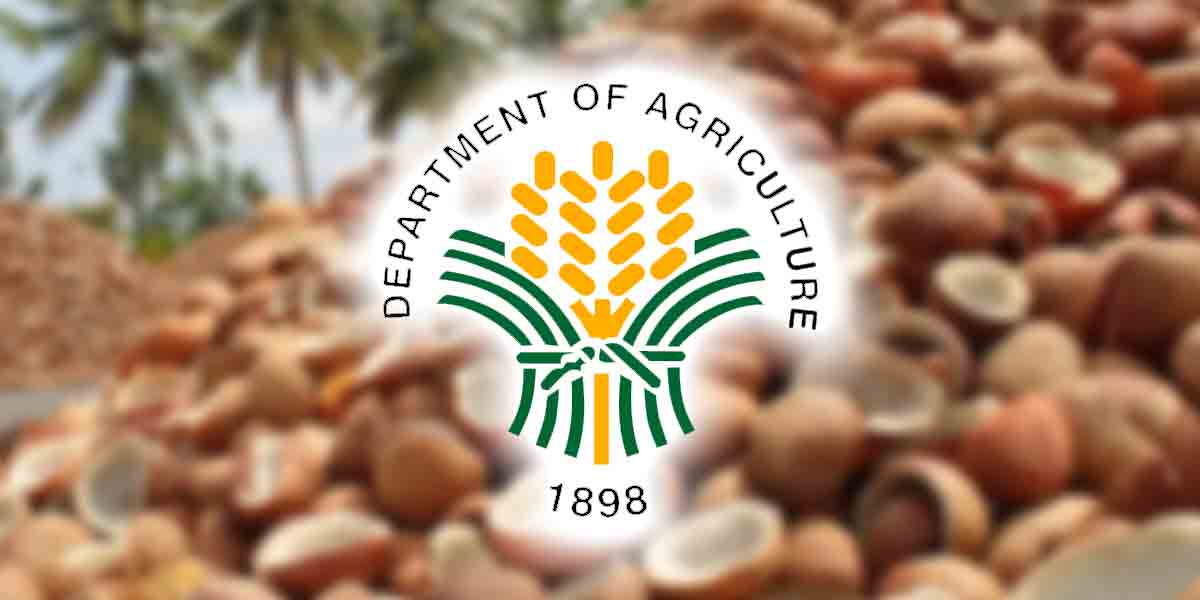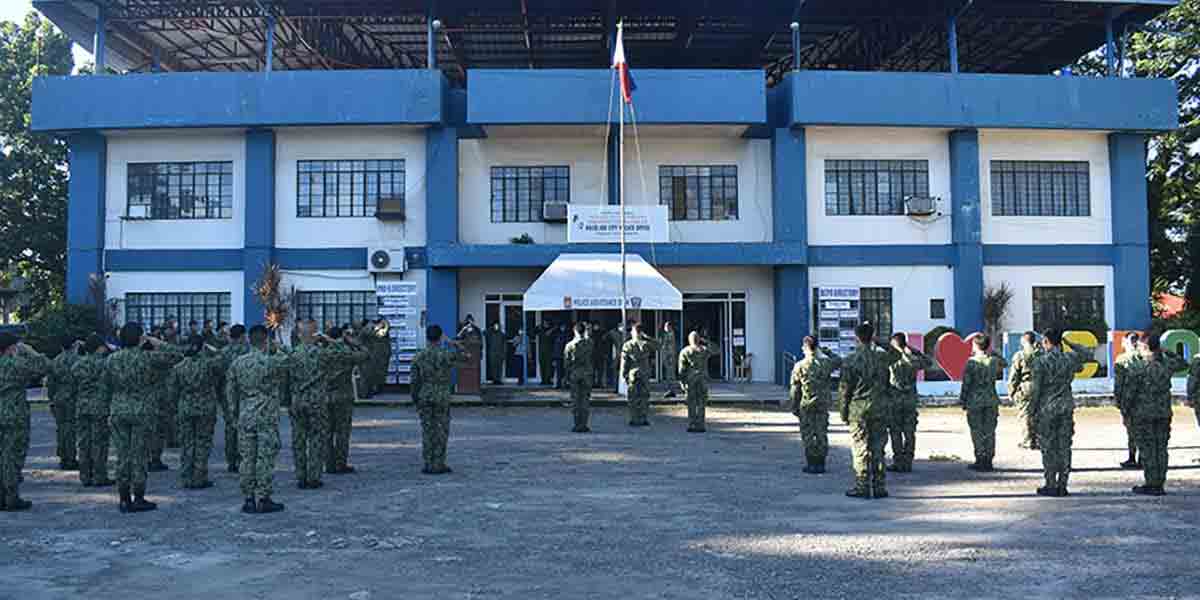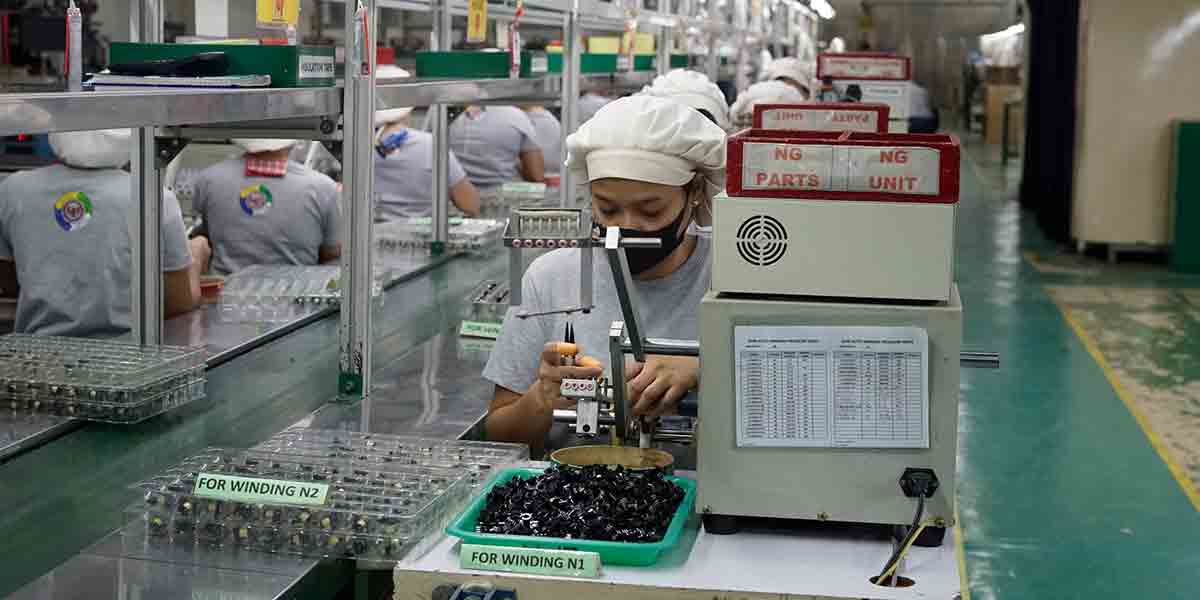By James Jimenez
You know what really ticked me off about recent headlines on food poverty? It wasn’t that the National Economic Development Authority had pegged the threshold to the ludicrous amount of 64 pesos per day – what really got my goat was the admission that it was based on an outdated figure that no one in the entire agency, despite staring down the barrel of the budget process in Congress, could be bothered to update!
As explained by the NEDA Secretary, the 64-peso figure was based on the estimated cost of the “basket” or a collection of goods and services that represents the typical consumption patterns of a household. This basket is used as a benchmark to measure the cost of living, inflation, and other economic indicators. When setting the threshold for food poverty, the basket specifically focuses on the minimum set of food items necessary to meet basic nutritional requirements. I’m no nutritionist but I’ve been around enough feeding programs to know that satisfying “basic nutritional requirements” typically means a cup of rice, a bit of protein – either fish or meat – and some vegetables. The food poverty threshold is set based on the cost of this basket. If a household’s income is below this threshold, they are considered to be in food poverty because they cannot afford the necessary items to maintain a healthy diet.
So, to determine food poverty, our economic planners first had to identify what constituted an adequate diet in terms of calories, proteins, vitamins, and other nutrients. They then compiled a basket of food items that would provide these essentials. The cost of purchasing this basket was then calculated, and the resulting figure would then represent the minimum amount of money a person or household needs to avoid food poverty. And this is exactly what they did – in 2021! Almost half a decade later, did they think to update that figure – possibly to account for changes in the circumstances of the average Filipino family? No, they did not. Instead, they simply “adjusted for inflation,” et voila, the threshold for poverty rose a whisker, from 55 pesos per day, to 64.
And now, after all the hubbub occasioned by their strange pronouncement, they say that the figure has to be reassessed. No shizz, Sherlock. The bigger question – one that speaks directly to the ability of NEDA to competently guide the nation’s socioeconomic development – is why did they not do that reassessment before they called to Congress? It’s not like they didn’t know they would be called. Ayan tuloy.
It is particularly egregious for the government agency, tasked with monitoring and prescribing strategies to address the Filipino’s evolving needs, to be so out of touch with those needs. What makes it worse is that this patently outdated estimate was actually used to generate poverty forecasts! Being based on inaccurate estimates, how can those forecasts now be considered accurate?
I’m no economist either, but inaccurate poverty forecasts can lead to ineffective or misaligned policies, which ultimately undermine efforts to reduce poverty and promote equitable growth. When poverty levels are underestimated – as an overly rosy food poverty threshold might predispose to – there might be insufficient support given to those who are most vulnerable. Critical needs can be left unaddressed, and social and economic disparities end up being aggravated. Of course, the reverse is just as bad. Overestimating poverty will lead to resources being allocated inefficiently, with the danger of aid and services being directed to populations that don’t need them as urgently, leaving those in actual dire need out in the cold.
More disastrously for NEDA, inaccurate forecasts distort the government’s ability to monitor progress and adjust policies in response to changing conditions. If poverty is not measured accurately, the effectiveness of anti-poverty programs becomes difficult to assess, leading to potential wastage of resources or the persistence of ineffective strategies. And inevitably, unreliable data can erode public trust in government institutions, as we are now witnessing in real time.
Which makes NEDA’s mistake even more infuriating. Precise poverty forecasts are essential for ensuring that economic planning is both effective and responsive to the needs of all citizens. If NEDA can’t be relied on for that, well then, something is terribly wrong.




















